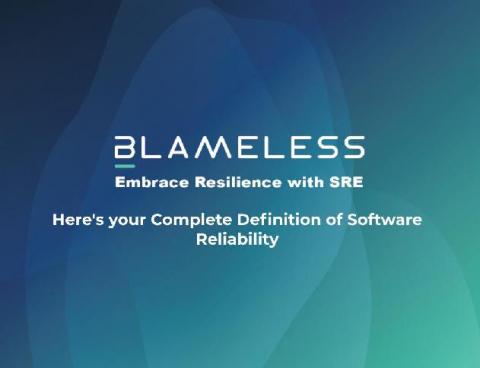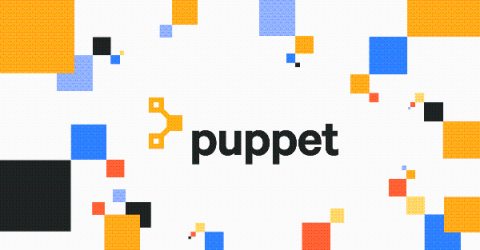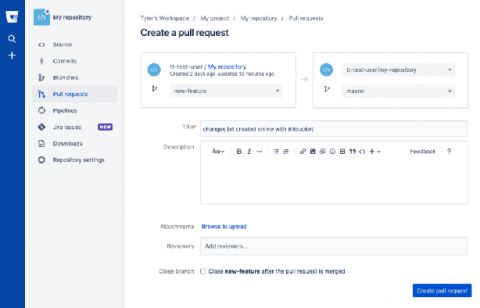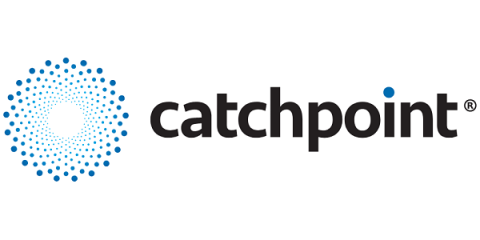Operations | Monitoring | ITSM | DevOps | Cloud
Latest News
Here's your Complete Definition of Software Reliability
Creating Azure VM images with Packer and Puppet Bolt
HashiCorp Packer is a free and open source tool for creating golden images for multiple platforms from a single source configuration. Packer makes it easy to codify VM images for Microsoft Azure. In this blog post we’ll look at how to use HashiCorp Packer and Puppet Bolt to define our VM templates in code.
Add file attachments to pull requests in Bitbucket Cloud
Monitor your Package Activity and Save on Storage!
With the introduction of the Package Activity API and accompanying CLI command, you can now quickly and easily check your entire repository for packages' activity status or even take a detailed approach and view packages individually (per day/per package). You can save on your storage costs by eliminating inactive packages and retaining only the packages you or your users derive value from storing and distributing via Cloudsmith.
Managing your Log Volume across Multiple Accounts Just Got Easier
Many organizations are adopting centralized logging tools so that they have one place for all of their data. This is generally easier than having separate tools across teams for log storage and analysis. But centralized logging introduces new challenges, like how to segment those logs according to the teams or developers where they are the most relevant. And, how to manage log volume.
Azure Spot VMs - How to enjoy their massive cost savings without suffering any interruptions
If you are running compute workloads in Azure and wondering how you can dramatically reduce costs and minimize infrastructure management all without affecting availability and performance, keep on reading. Back in May Azure introduced a new pricing model, called Azure Spot VMs, providing up to 90% cost savings in comparison to the pay-as-you-go pricing.
Faster Kubernetes Development with Rancher, DevSpace and Loft
Today, Kubernetes is getting more and more important, not only in the world of operations but also in the world of development. Knowledge in Kubernetes is a highly sought after skill. Yet the question remains whether developers should get access to Kubernetes and if they even need to know about Kubernetes at all.
What is Azure Blob Storage?
If you have ever had the need to store large amounts of files and data, then Azure’s Blob Storage is made for you. Microsoft’s Azure Cloud provides huge benefits with not only their fantastic services, locations, availability and support, but also in their almost seemingly infinite capacity. Azure Blob Storage is not only scalable, durable and almost always available it also provides flexibility to scale as your business requirements need.
Event in Review: Splunk's DevOps & Observability Best Practices Event
Last week, Catchpoint was one of the sponsors of Splunk’s half-day DevOps & Observability Best Practices event. It was a jampacked conference that examined what observability is, its key drivers, and how observability and monitoring exist “like two peas in a pod”, perfect compliments to one another in enabling enterprise to better understand overall systems behavior and health.











